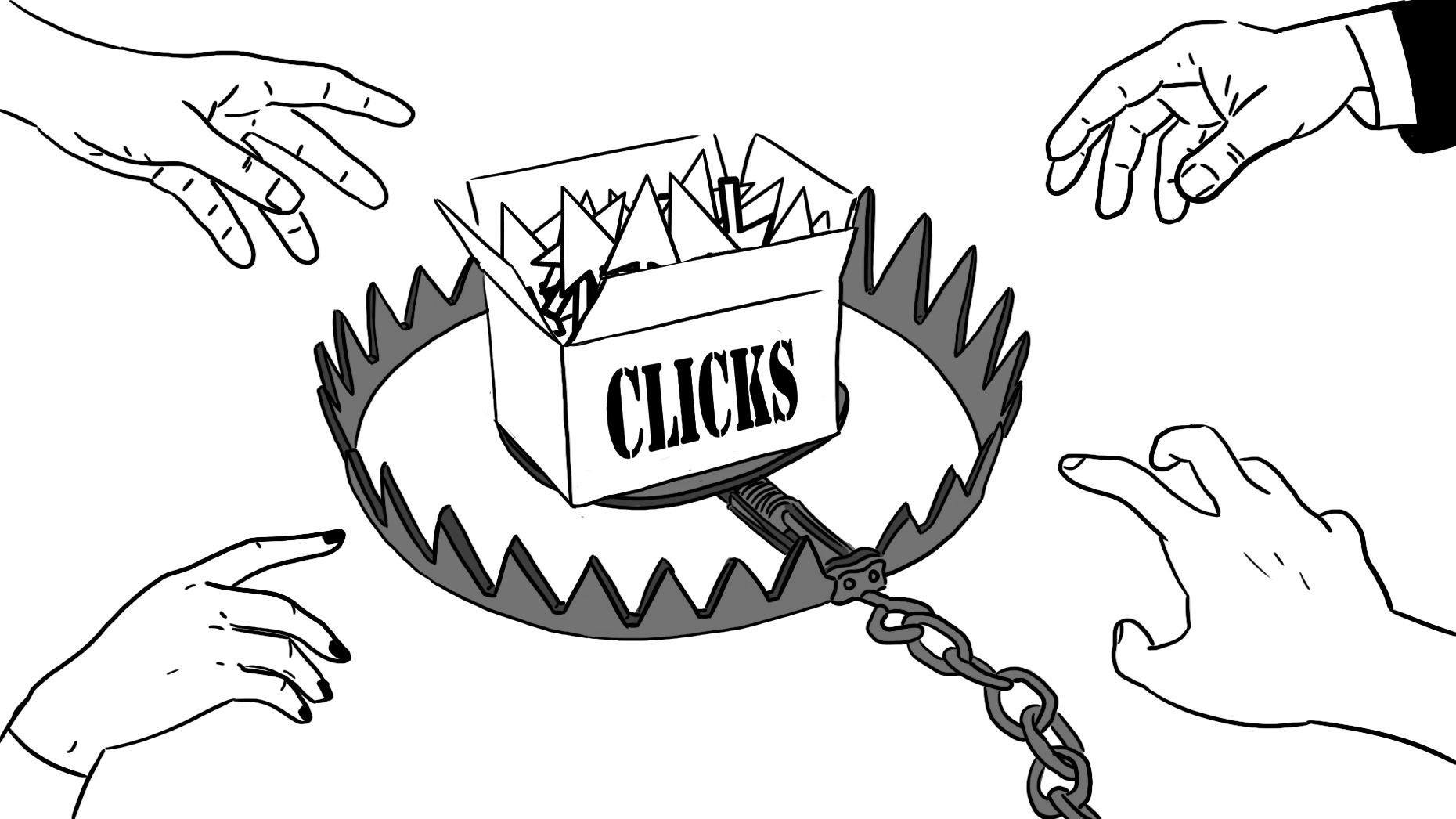MENU SET 2 – PART 1: Which area to focus on in digital marketing, provided that your company has to operate on a minimal budget?
The majority of start-ups face digital marketing related challenges. With high-tech start-ups, not only do they have to deal with the task of building brands from scratch, their novel nature of technology also results in a particularly high amount of customer uncertainty. Utilizing easy-to-access and cost saving digital marketing strategies can help them to enhance significantly their social presence and brand visibility, which will yield in high returns.
Among myriads of important tasks to do with a startup, operating a digital marketing strategy is significantly critical to its establishment and development. This series of articles on digital marketing is for those who have their first startups and wonder where to start in their digital marketing endeavour.
In the challenging, fluid and nuanced discipline of marketing, it is right to be a purist in theory, but to drive it through requires the best pragmatists. A good marketer should know how to develop an effective strategy based on sound theories.
“What makes marketing theory so tormenting to grapple with is its diffuse and protean contextual backdrop: the swirling chaos of markets combined with mercurial human behaviour”
Edwards (2018)
These summaries, therefore, aim at harnessing digital marketing theories to facilitate the process of applying those into practice.
However ubiquitous the concept of digital marketing in practice, of 93% of content marketers said to be practicing digital marketing, only 44% of companies have documented their digital strategy (CMI, 2014). In another study conducted by Smart Insights (2018), “Managing Digital Marketing”, 49% of brands don’t have a solid digital marketing strategy, whereas 17% have a strategy but have not yet integrated it into their marketing activities.
What is a Digital Marketing Strategy?
In brief, digital marketing strategy is a channel marketing strategy which incorporates different digital channels. Each channel has its measurable goals, plan, and execution in cooperation with other channels. Nevertheless, the implementation of the plan, for many companies, is the most difficult and challenging part as of any initiative, including digital marketing. It is a daunting process from setting up accounts to search optimization; from ongoing content creation to social media management. Understanding its nature enables marketers to effectively plan and execute digital marketing strategies.
As a marketer in a multichannel world, your digital marketing strategy plays a central role.
Salesforce
Key building blocks of a digital marketing strategy (P1)
I did research with prior literature, and combined with my experience, the major domains of a digital marketing strategy can be grouped as: Online presence, Email marketing, and Affiliate Marketing. These are considered the main instruments in the value delivery process.
1.Online Presence
Online presence, web presence or electronic presence are usually used interchangeably. Companies create an online presence in order to achieve many business strategic goals. An effective web presence enhances customer awareness of the company and its products and services, increasing the likelihood to purchase. To be more specific, an online presence is defined as any existence of an individual or business that can be found via an online search, be it from social media, blogs, forums, or company’s website.
Furthermore, the extent of brands-customers interactivity on the internet is directly and positively correlated to the consumer perceptions of trust. In the digital sphere with intangible nature, consumers usually seek for external clues enabling them to reduce perceived risk. Therefore, managing online presence to build trust with the prospects has enormous meaning to start-up companies who have not established a strong brand on the marketplace yet. Search engine marketing, social media marketing, and online public relations (PR) prove to be strong tools for companies to set up online presence and build trust with the potential customers.
1.1 Search Engine Marketing
The new “empowered” consumer generation is the master in their use of tools and information. They can control the whole buying process by seeking for information, comparing prices, online interacting with brands and having the products they want delivered to door. According to a study conducted by Performics (2010), 83% of internet users use search engine to find a specific manufacturer or product website, 80% use the tools to gather information before making a purchase online, 76% use search engines to gather information before making a purchase in offline stores, etc. As a result, online searching is an integral activity of most on-line buyers, and search engines are the most popular tools for this purpose.
Internet users have the tendency to use the available options appearing on the first page of the search result. Only 3% of the users click on the next pages for more information. As a result, if an organization’s website or social media pages shows up on the third or the fourth page, the possibilities to get some return on investment vanishes. Additionally, if a company types a key word regarding the business rather than the company’s name (or in another word, branded content) in a search engine, and the result is on the first page, the company is doing search engine optimization and is more likely to get more profits.

According to Marketing-school.org, search marketing or search engine marketing (SEM), is a crucial part of digital marketing strategy which “promotes websites by increasing their rankings and visibility on search engines like Google, Yahoo, or Bing”. Search marketing includes both organic and paid tactics to help distinguish offer a more inclusive definition that SEM strategy helps promote an organization through search engines. Various business strategic objectives are realized by dispersing relevant and useful content in the search listings, encouraging users to click through to the company’s sites. Two key techniques employed in SEM are search engine optimization (SEO) and paid-search marketing.
Search engine optimization (SEO)
SEO is a structured approach, optimizing selected keywords and phrases to naturally or organically increase the rank of a company or its products on search engine. In a more technical approach, it can be explained that SEO is to modify the company’s sites codes (title tag, meta-tags, heading tags, links) to make them more relevant and therefore more search-engine compatible. This means that the algorithms on search engines will give the page a higher score, therefore resulting in a higher rank on the search result pages, compared to other pages.
SEO is usually highly connected with content marketing, which is about delivering the helpful and relevant content that audience is seeking in all the places. An SEO campaign starts with the development of the list of key words that can both effectively describe the company’s site and at the same time able to communicate with search engines .
Keyword or key phrase
Key word is defined as the words or the combination of words that an internet user types into a search box on a search engine to form a query. Keywords are usually divided into ‘branded’ and ‘nonbranded’ ones. Branded terms often refer to a business’s name, brand elements, web address and most importantly the various forms of the misspelling versions. Non-branded terms, on the contrary, are generic terms describing the business and its products or services.
Paid-search marketing or pay-per-click marketing
These terms refer to a technique that uses a relevant text ad which links to a company page to display on search result pages when a specific term/ phrase is searched. A charge is applied to the company whenever an internet user clicks on the link, with a pre-determined bid amount by the company .
Most of the companies that have some online presence have allocated some of their marketing budget towards paid search marketing, and surprisingly this amount has been on the rise for the last few years. However, buyers tend to trust the information in the editorial section than what is shown on the sponsored links. Successfully implemented SEO campaigns can be significant traffic drivers for highly targeted customers who are more likely to purchase, and they are obviously a low-cost tactic compared to PPC method .
Reference:
Chaffey, D., & Ellis-Chadwick, F. (2016). Digital marketing: Strategy, implementation and practice. UK: Pearson Education
Edwards, H. (2018). The best marketers know how to link theory with practice. Marketing Week.
Eggers, F., Eggers, F., & Kraus, S. (2014). Entrepreneurial branding: measuring consumer preferences through choice-based conjoint analysis. International Entrepreneurship and Management Journal, 12(2), 427-444
Edelman, D. & Heller, J. (2015). How digital marketing operations can transform business, Insights & Publications.
Gunjan, V.K., Pooja, Kumari, M., Kumar, A., & Appa Rao. A. (2012). Search engine optimization with Google. International Journal of Computer Science Issues, 9(1), 206-214.
Key, T.M. (2017). Domains of Digital Marketing Channels in the Sharing Economy. Journal of Marketing Channels, 24 (2), 27-38.
Li, S., Li, J.Z., & He, H. (2010). A Web-Enabled Intelligent Approach towards Digital Marketing Planning: The Integrated System and its Effectiveness. 9th International Conference on Applied Computer and Applied Computational Science, 17-22.
